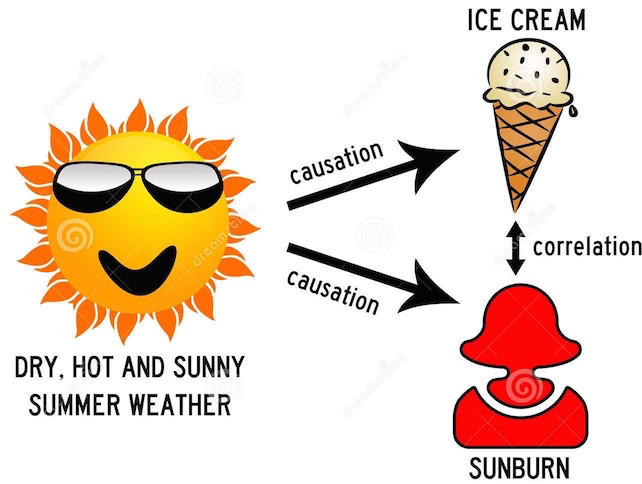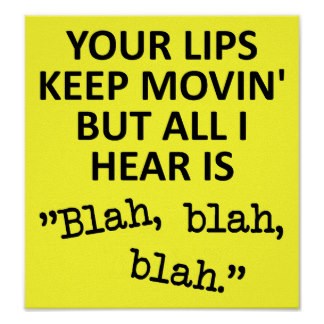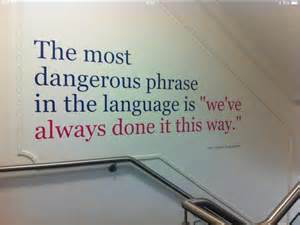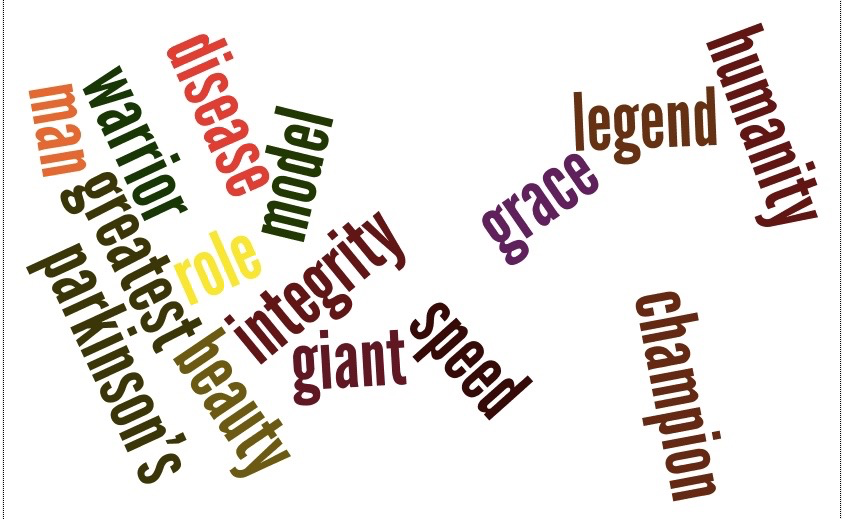We live in interesting times.
Donald Trump and Hillary Clinton are among the worst-rated presidential candidates of the last seven decades according to Gallup. Only the unfavorable rating of Barry Goldwater in 1964 was higher, and he lost in one of the biggest landslides in history to Lyndon Johnson. I think it was Jimmy Fallon who said these candidates are lucky they are running against the only candidate in history they could beat.
The noise is everywhere. One can hardly get away from it.
Outlandish statements.
E-mail scandals.
Ego.
Trust.
“To find a unique position, what you must do is look inside the prospect’s mind. You won’t find an ‘uncola’ idea inside a 7-Up can. You find it inside the cola drinker’s head.”
~Jack Trout and Al Reis.
Time magazine seized the moment of the 4th of July holiday and focused on 240 reasons to celebrate America! The cover was branded 99.9% politics free!

The “Jack” format was based upon two preconceived perceptions.
1) That radio/music wasn’t as good as it used to be, and
2) that there are a whole bunch of good songs out there that we weren’t hearing on the radio. The execution of the format was secondary (as was its specific design based upon the market). Listeners bought into the premise without questioning whether KC and the Sunshine Band should be played next to Deep Purple, just like voters have bought into Trump or Clinton despite the outlandish statements or latest e-mail scandal.
When you tap into an existing idea or perception, you offer the listener a reference point for the value your station provides. It’s kind of like the “You are here” sign at the mall. Where Nordstrom is located in mall isn’t meaningful unless I know where I am in relation to it.
My guess is that your station is 99.9% politics free, as well. And my guess is that you’re not taking credit for it.









